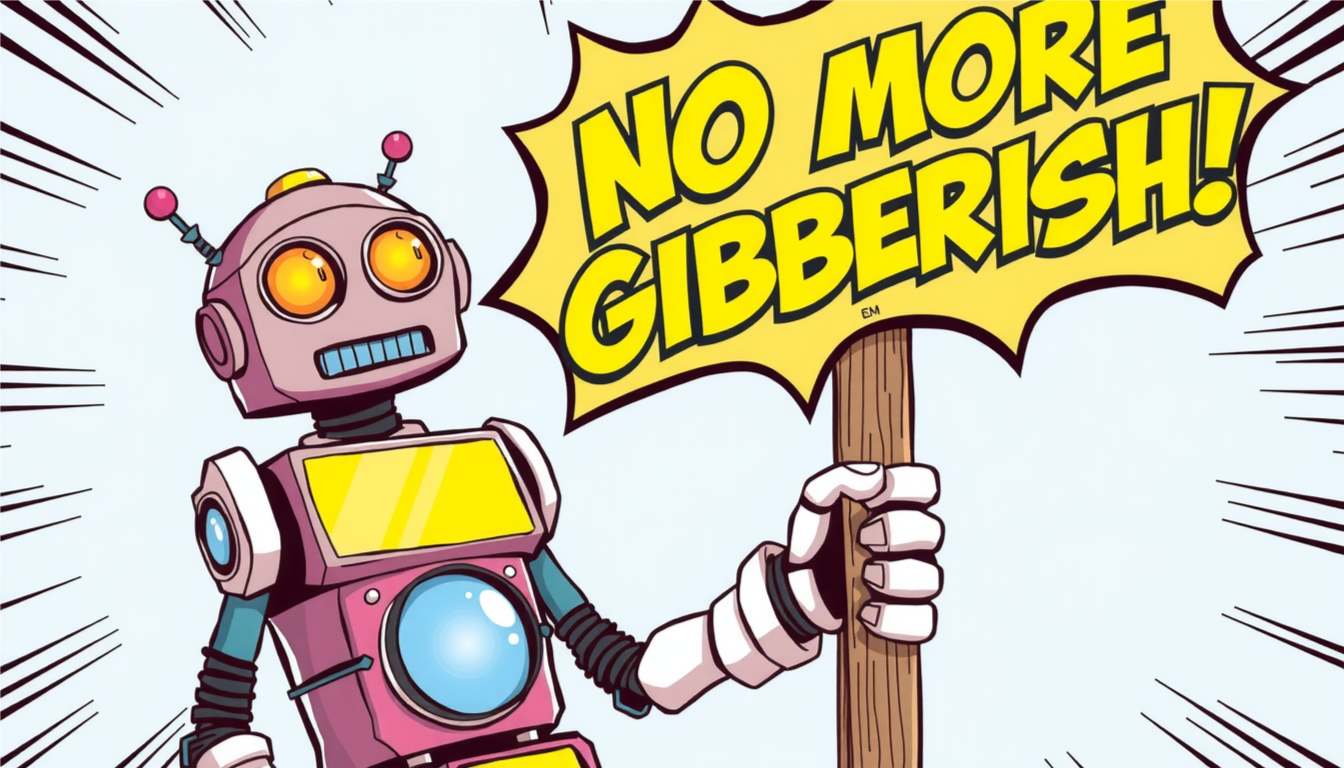The Quality Crisis in AI-Generated Content
The rise of AI-generated 'slop' content challenges quality and trust in digital media, urging stakeholders to prioritize ethical use and robust quality control.

The Quality Crisis in AI-Generated Content
In a recent provocative piece titled "A.I. Slop Is Here," published by The New York Times, a growing concern within the technology, media, and creative sectors has been spotlighted: the declining quality and increasing saturation of AI-generated content. As generative artificial intelligence tools like ChatGPT, DALL·E, and others have become widely accessible, an overwhelming flood of automated content—often described as "slop"—is saturating digital platforms. This article delves into the core arguments of this discussion, the implications for content creators and consumers, and how the AI industry is responding to the emerging backlash.
Background: What Is "A.I. Slop"?
The term "A.I. slop" captures the phenomenon of low-quality, repetitive, and often incoherent AI-generated content that is proliferating across the internet. This content is typically produced en masse with minimal human oversight, leading to an abundance of material that lacks originality, depth, or factual accuracy. The New York Times article highlights that this glut is not accidental but rather an inevitable byproduct of the rapid democratization and monetization of AI writing and image generation tools.
Several factors contribute to this trend:
- Ease of access: AI tools have become cheaper and more user-friendly, allowing anyone to generate large quantities of text or images.
- Commercial incentives: Online platforms and content farms leverage AI to produce clickbait and bulk content aimed at generating ad revenue.
- Algorithmic amplification: Social media and search engines often prioritize fresh content, inadvertently promoting AI-generated posts regardless of quality.
Current Landscape: AI Content Quality and Its Challenges
Volume Over Quality
The explosion of AI-generated content has created a content glut that overwhelms both consumers and platforms. This phenomenon dilutes the quality of information available, making it difficult for readers to discern reliable, well-researched material from AI-produced "noise."
Examples and Impact
- Media outlets: Some news organizations have experimented with AI tools to produce drafts or summaries, but many have reported editorial challenges due to inaccuracies and lack of nuance.
- Academic and professional fields: AI-generated essays, reports, and creative works pose risks to originality and intellectual rigor.
- Creative industries: Artists and writers express concern over AI flooding the market with derivative works, impacting livelihoods and the value of authentic creativity.
Misinformation Risks
AI models occasionally fabricate details or generate plausible but false information, a phenomenon known as "hallucination." This undermines trust and complicates fact-checking, especially as AI content scales exponentially.
Industry Responses and Emerging Solutions
Recognizing the problem, several companies and organizations are taking steps to address the "A.I. slop" issue:
- OpenAI and other AI developers are refining models to improve factual accuracy, reduce harmful outputs, and encourage responsible use.
- Content platforms like Google and social media networks are updating algorithms to detect and demote low-quality AI-generated content.
- Human-in-the-loop approaches combine AI efficiency with human curation to maintain quality standards.
- Regulatory frameworks are being discussed internationally to ensure transparency and accountability in AI-generated content.
Implications for Users and Creators
For content consumers, the rise of AI-generated "slop" calls for heightened media literacy and skepticism. Users must learn to critically evaluate sources and verify information independently.
For creators, AI tools represent a double-edged sword. While they can augment creativity and productivity, reliance on AI-generated content risks devaluing original work and intellectual property. The challenge lies in balancing innovation with authenticity and ethical standards.
Context and Future Outlook
The "A.I. slop" phenomenon encapsulates a broader tension in the digital age: the promise of AI to democratize creativity and information versus the pitfalls of commoditizing content to the point of devaluation. As AI advances, the technology will become more sophisticated at mimicking human creativity, but without robust quality control and ethical guardrails, the risk of content degradation remains high.
Experts argue that the solution is not to reject AI outright but to evolve how it is integrated into content ecosystems:
- Enhanced AI literacy: Educating the public and professionals on AI capabilities and limitations.
- Collaborative creativity: Using AI as a partner rather than a replacement for human ingenuity.
- Policy and standards: Developing industry-wide guidelines for responsible AI content generation.
Conclusion
The New York Times’ assertion that "A.I. slop is here" serves as a wake-up call to the tech industry, media, and society at large. As AI-generated content continues to proliferate, stakeholders must prioritize quality, transparency, and ethical use to prevent the erosion of trust and cultural value in digital content. The coming years will be pivotal in shaping how AI reshapes creativity, journalism, and information dissemination—with consequences that will extend far beyond the digital realm.
Images Related to "A.I. Slop Is Here"
- AI-generated text examples showing repetitive and generic writing output.
- Screenshots of AI content moderation tools used by platforms to detect low-quality AI material.
- Portraits of leading AI researchers and developers commenting on content quality challenges.
- Infographics illustrating the exponential growth of AI-generated content online.
This comprehensive analysis highlights the critical challenges and ongoing efforts to manage the influx of AI-generated content, ensuring that artificial intelligence enhances rather than undermines the quality of digital media.



